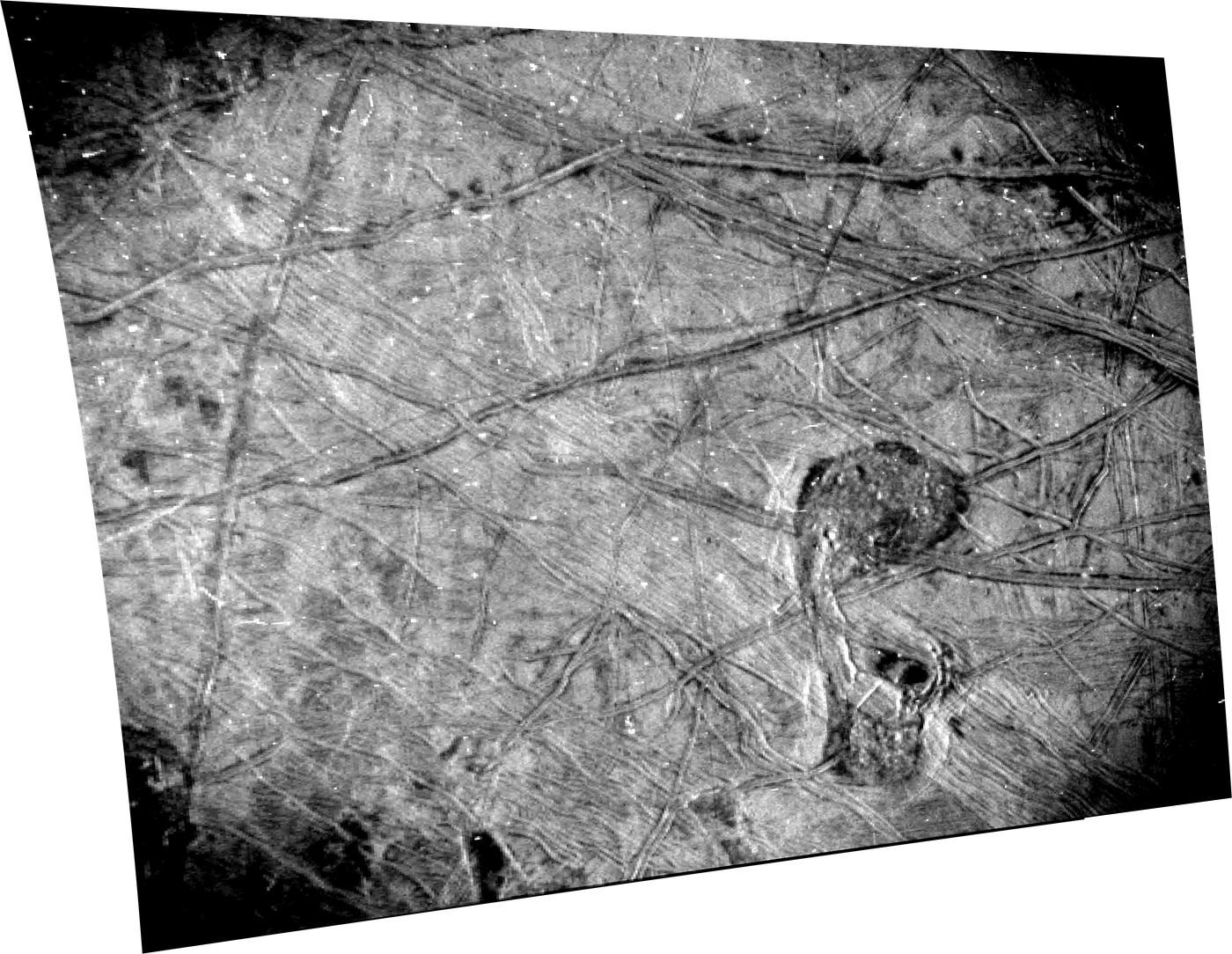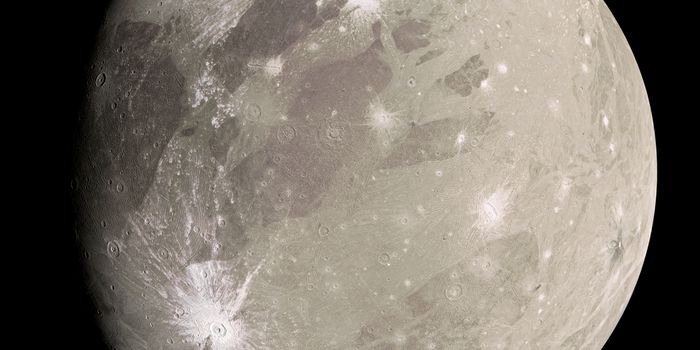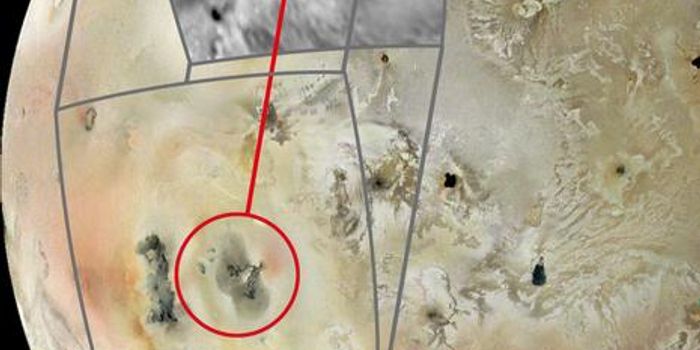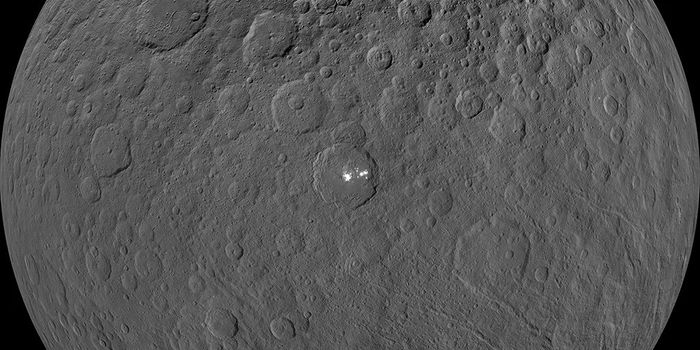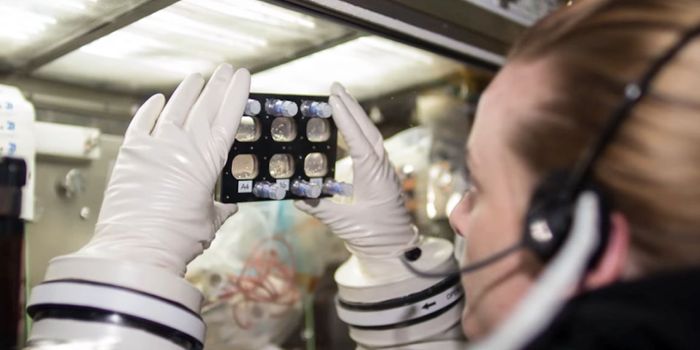JunoCam Images Suggest Icy Crust Shifts on Europa
Jupiter’s moon, Europa, has long been hypothesized to contain a vast, liquid water ocean beneath its icy crust. But has this crust remained stationary, or has it moved over millions of years since it could be separated from the ocean below? This is what two recent studies published in The Planetary Science Journal and JGR Planets hope to address as high-resolution images from NASA’s Juno spacecraft revealed some unique surface features on the small moon. These images and studies hold the potential to help scientists better understand what they refer to as “true polar wander” on Europa, which is a hypothesis stating that Europa’s outer icy shell moves freely since it’s allegedly detached from the ocean underneath.
“True polar wander occurs if Europa’s icy shell is decoupled from its rocky interior, resulting in high stress levels on the shell, which lead to predictable fracture patterns,” said Dr. Candy Hansen, who is a co-investigator on Juno, along with being lead author of The Planetary Science Journal study and a co-author on the JGR Planets study. “This is the first time that these fracture patterns have been mapped in the southern hemisphere, suggesting that true polar wander’s effect on Europa’s surface geology is more extensive than previously identified.”
Image of Jupiter’s moon, Europa, obtained by the JunoCam instrument on NASA’s Juno spacecraft during its close flyby on Sept. 29, 2022. (Credit: Image data: NASA/JPL-Caltech/SwRI/MSSS. Image processing: Björn Jónsson (CC BY 3.0))
For the study, the researchers analyzed five images of Europa—four taken by JunoCam and one by Juno’s Stellar Reference Unit (SRU)—taken in September 2022 as Juno flew within 220 miles (355 kilometers) of Europa’s icy surface, revealing evidence of recent plume activity and cracks ranging from 12 to 31 miles (20 to 50 kilometers) wide. The single SRU image provides the most detail of the five images, which was used to obtain an image of Europa’s night side, as SRU is traditionally used for low-light images of stars that are used to help Juno maintain its navigation.
These five images help the Juno team determine that Europa is exhibiting active plumes across its surface, along with revealing that a certain feature long hypothesized to be one of the few craters on Europa’s surface, known as Crater Gwern, consists of intersecting ridges whose shadows made it appear to be a crater. Additionally, the single SRU image revealed a new feature on Europa which the Juno team has dubbed “the Platypus” due to its shape.
Black-and-white image of Europa's surface obtained by Juno’s Stellar Reference Unit (SRU) during its close flyby on Sept. 29, 2022, revealing a new feature which the Juno team has dubbed “the Platypus” (lower right). (Credit: NASA/JPL-Caltech/SwRI)
“These features hint at present-day surface activity and the presence of subsurface liquid water on Europa,” said Dr. Heidi Becker, who is the lead co-investigator for the SRU and is lead author of the JGR Planets study. “The SRU’s image is a high-quality baseline for specific places NASA’s Europa Clipper mission and ESA’s (European Space Agency’s) Juice missions can target to search for signs of change and brine.”
Going forward, these five images will help lay the groundwork for NASA’s upcoming Europa Clipper mission, which is scheduled to launch this October and arrive at Jupiter in 2030 and whose goal will be to ascertain the habitability potential of Europa.
What new discoveries will scientists make about Europa in the coming years and decades? Only time will tell, and this is why we science!
As always, keep doing science & keep looking up!
Sources: NASA, The Planetary Science Journal, JGR Planets, NASA JPL, NASA JPL (1), NASA (1)

